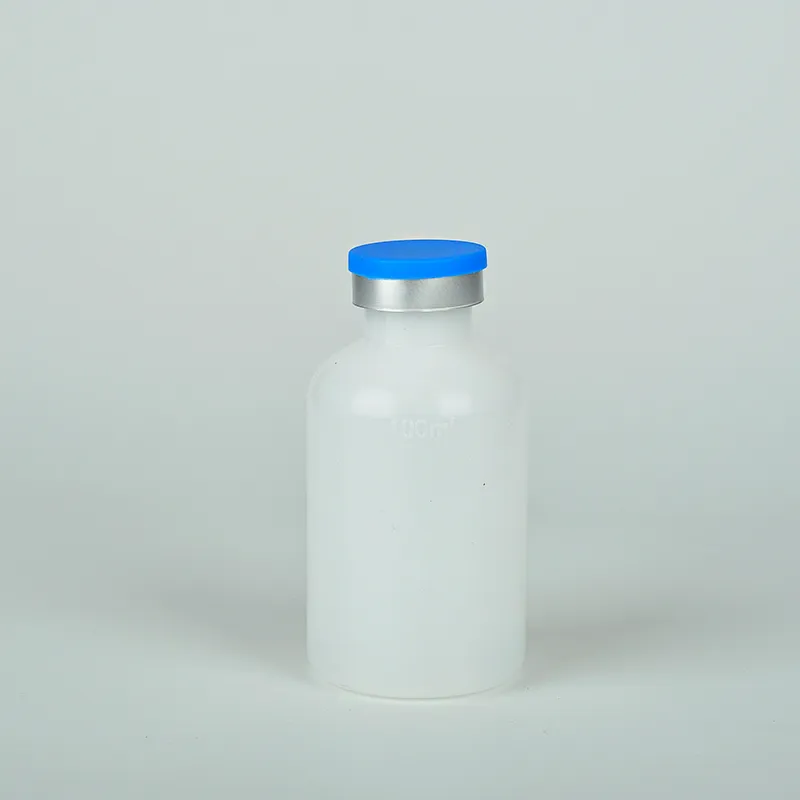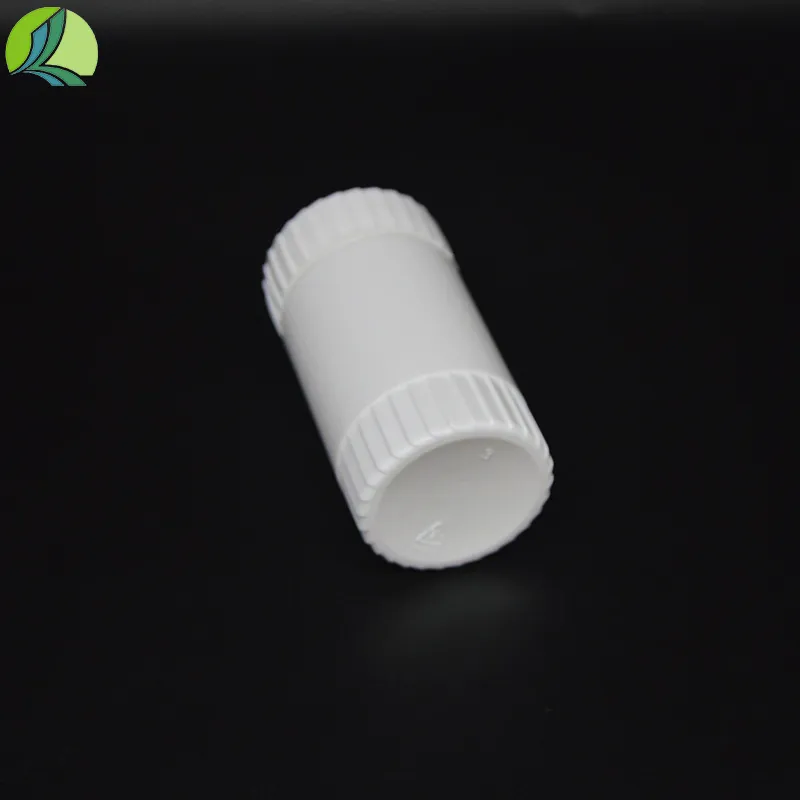
-
 Afrikaans
Afrikaans -
 Albanian
Albanian -
 Amharic
Amharic -
 Arabic
Arabic -
 Armenian
Armenian -
 Azerbaijani
Azerbaijani -
 Basque
Basque -
 Belarusian
Belarusian -
 Bengali
Bengali -
 Bosnian
Bosnian -
 Bulgarian
Bulgarian -
 Catalan
Catalan -
 Cebuano
Cebuano -
 Corsican
Corsican -
 Croatian
Croatian -
 Czech
Czech -
 Danish
Danish -
 Dutch
Dutch -
 English
English -
 Esperanto
Esperanto -
 Estonian
Estonian -
 Finnish
Finnish -
 French
French -
 Frisian
Frisian -
 Galician
Galician -
 Georgian
Georgian -
 German
German -
 Greek
Greek -
 Gujarati
Gujarati -
 Haitian Creole
Haitian Creole -
 hausa
hausa -
 hawaiian
hawaiian -
 Hebrew
Hebrew -
 Hindi
Hindi -
 Miao
Miao -
 Hungarian
Hungarian -
 Icelandic
Icelandic -
 igbo
igbo -
 Indonesian
Indonesian -
 irish
irish -
 Italian
Italian -
 Japanese
Japanese -
 Javanese
Javanese -
 Kannada
Kannada -
 kazakh
kazakh -
 Khmer
Khmer -
 Rwandese
Rwandese -
 Korean
Korean -
 Kurdish
Kurdish -
 Kyrgyz
Kyrgyz -
 Lao
Lao -
 Latin
Latin -
 Latvian
Latvian -
 Lithuanian
Lithuanian -
 Luxembourgish
Luxembourgish -
 Macedonian
Macedonian -
 Malgashi
Malgashi -
 Malay
Malay -
 Malayalam
Malayalam -
 Maltese
Maltese -
 Maori
Maori -
 Marathi
Marathi -
 Mongolian
Mongolian -
 Myanmar
Myanmar -
 Nepali
Nepali -
 Norwegian
Norwegian -
 Norwegian
Norwegian -
 Occitan
Occitan -
 Pashto
Pashto -
 Persian
Persian -
 Polish
Polish -
 Portuguese
Portuguese -
 Punjabi
Punjabi -
 Romanian
Romanian -
 Russian
Russian -
 Samoan
Samoan -
 Scottish Gaelic
Scottish Gaelic -
 Serbian
Serbian -
 Sesotho
Sesotho -
 Shona
Shona -
 Sindhi
Sindhi -
 Sinhala
Sinhala -
 Slovak
Slovak -
 Slovenian
Slovenian -
 Somali
Somali -
 Spanish
Spanish -
 Sundanese
Sundanese -
 Swahili
Swahili -
 Swedish
Swedish -
 Tagalog
Tagalog -
 Tajik
Tajik -
 Tamil
Tamil -
 Tatar
Tatar -
 Telugu
Telugu -
 Thai
Thai -
 Turkish
Turkish -
 Turkmen
Turkmen -
 Ukrainian
Ukrainian -
 Urdu
Urdu -
 Uighur
Uighur -
 Uzbek
Uzbek -
 Vietnamese
Vietnamese -
 Welsh
Welsh -
 Bantu
Bantu -
 Yiddish
Yiddish -
 Yoruba
Yoruba -
 Zulu
Zulu
يناير . 17, 2025 04:46
Back to list
Sterile Vaccine Vial Plastic Liquid Vial For Medical Purposes
Navigating the complex world of medical supplies can often lead one to overlook the importance of the humble medical bottle. While often seen as just a container, the medical bottle plays a critical role in the healthcare industry, safeguarding the integrity of its contents, ensuring proper usage, and contributing to the welfare of patients. This seemingly simple product embodies a blend of expertise, authoritativeness, and trustworthiness, each crucial in establishing its value and ensuring safe medical practices.
The importance of trustworthiness cannot be overstated when it comes to medical bottles. Patients depend on these containers, trusting that the medication within is protected from contamination, degradation, or unintended modifications. Tamper-evident solutions and child-resistant features are innovations in medical bottle design that bolster this trust. Tamper-evident caps reassure users that the medication has not been compromised since packaging, while child-resistant packaging helps prevent accidental ingestion by children, which is a critical safety requirement in households with young children. Moreover, technological advancements have introduced smart medical bottles equipped with digital features that promote compliance and improve healthcare outcomes. Interactive labels, QR codes, and even connectivity through IoT (Internet of Things) enable these bottles to offer reminders for medication schedules, dosage tracking, and even refill alerts, significantly enhancing patient engagement and adherence to prescribed therapies. Such innovations reflect a harmonious blend of expertise and technology, redefining the user experience and expanding the role of medical bottles beyond mere storage. The true experience of using medical bottles transcends their physicality; it involves understanding their role in the holistic health journey of a patient. Each step, from prescription to ingestion, relies on the bottle's reliability to facilitate accurate dosing and safe handling. Feedback from healthcare practitioners continuously informs improvements in bottle design, ensuring they meet practical challenges faced daily in medical settings. This comprehensive user-centric approach reinforces the products' credibility and effectiveness. In conclusion, the significance of medical bottles extends far beyond their basic function as containers. They are indispensable facilitators in the delivery of healthcare, embodying a sophisticated interplay of materials science, regulatory compliance, safety features, and cutting-edge technology. Their design and manufacturing process reflect deep expertise and authoritative guidance, while their functionality and innovation earn the trust of users worldwide. Through consistent improvement and adaptation, medical bottles continue to play a pivotal role in shaping the future of patient care and the broader medical landscape.


The importance of trustworthiness cannot be overstated when it comes to medical bottles. Patients depend on these containers, trusting that the medication within is protected from contamination, degradation, or unintended modifications. Tamper-evident solutions and child-resistant features are innovations in medical bottle design that bolster this trust. Tamper-evident caps reassure users that the medication has not been compromised since packaging, while child-resistant packaging helps prevent accidental ingestion by children, which is a critical safety requirement in households with young children. Moreover, technological advancements have introduced smart medical bottles equipped with digital features that promote compliance and improve healthcare outcomes. Interactive labels, QR codes, and even connectivity through IoT (Internet of Things) enable these bottles to offer reminders for medication schedules, dosage tracking, and even refill alerts, significantly enhancing patient engagement and adherence to prescribed therapies. Such innovations reflect a harmonious blend of expertise and technology, redefining the user experience and expanding the role of medical bottles beyond mere storage. The true experience of using medical bottles transcends their physicality; it involves understanding their role in the holistic health journey of a patient. Each step, from prescription to ingestion, relies on the bottle's reliability to facilitate accurate dosing and safe handling. Feedback from healthcare practitioners continuously informs improvements in bottle design, ensuring they meet practical challenges faced daily in medical settings. This comprehensive user-centric approach reinforces the products' credibility and effectiveness. In conclusion, the significance of medical bottles extends far beyond their basic function as containers. They are indispensable facilitators in the delivery of healthcare, embodying a sophisticated interplay of materials science, regulatory compliance, safety features, and cutting-edge technology. Their design and manufacturing process reflect deep expertise and authoritative guidance, while their functionality and innovation earn the trust of users worldwide. Through consistent improvement and adaptation, medical bottles continue to play a pivotal role in shaping the future of patient care and the broader medical landscape.
Share
Latest news
-
ScienceLabSupplies Premium Small Medicine Bottles & Lab EquipmentNewsApr.29,2025
-
Empty Pill Containers Durable, Leak-Proof & Portable Pill StorageNewsApr.29,2025
-
Petri Dishes Key Uses in Lab & Microbiology Experiments Sterile & DurableNewsApr.29,2025
-
Premium Metal Dropper Bottles - 50ml & 250ml SizesNewsApr.28,2025
-
Small Liquid Medicine Containers Leak-Proof & Durable DesignNewsApr.28,2025
-
Secure Medication Travel Container TSA Approved, Compact & Leak-ProofNewsApr.28,2025
RECOMMEND PRODUCTS






















